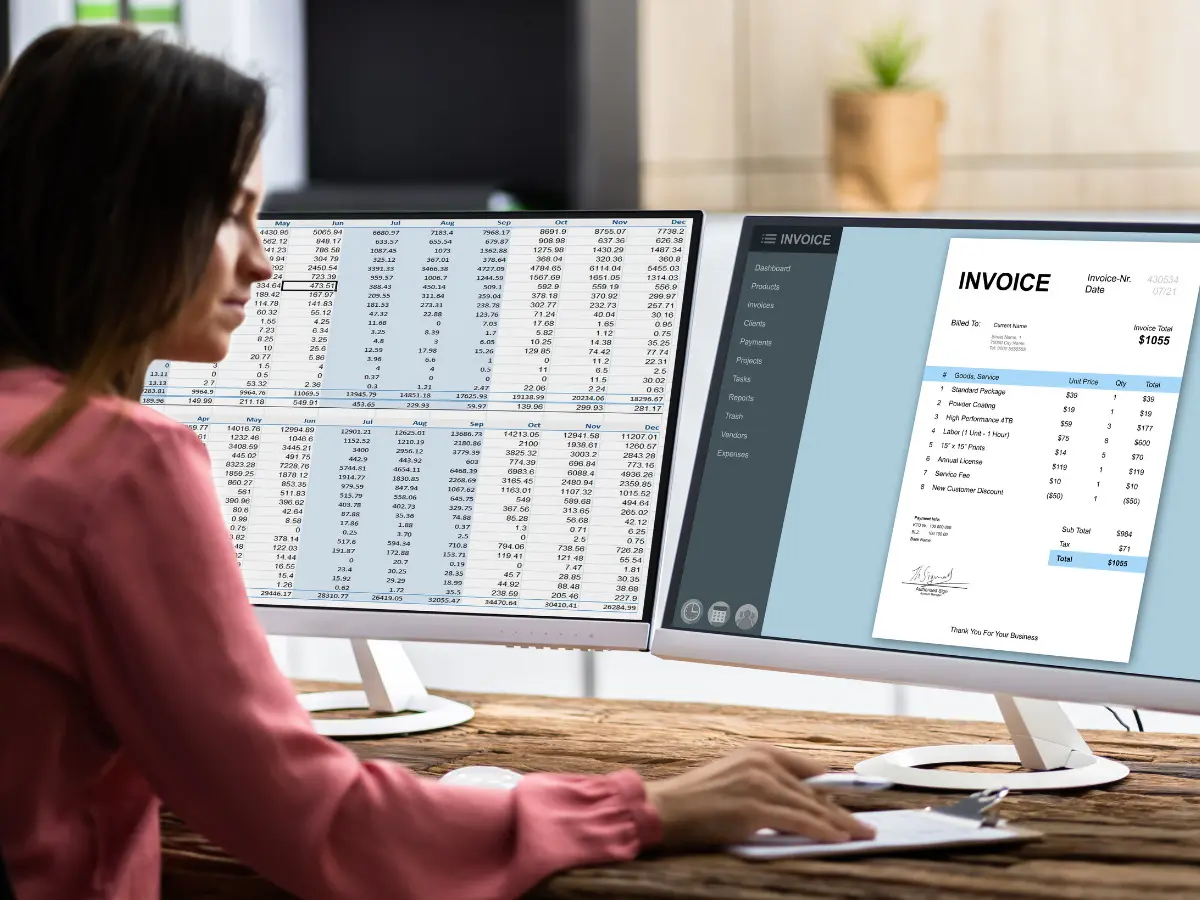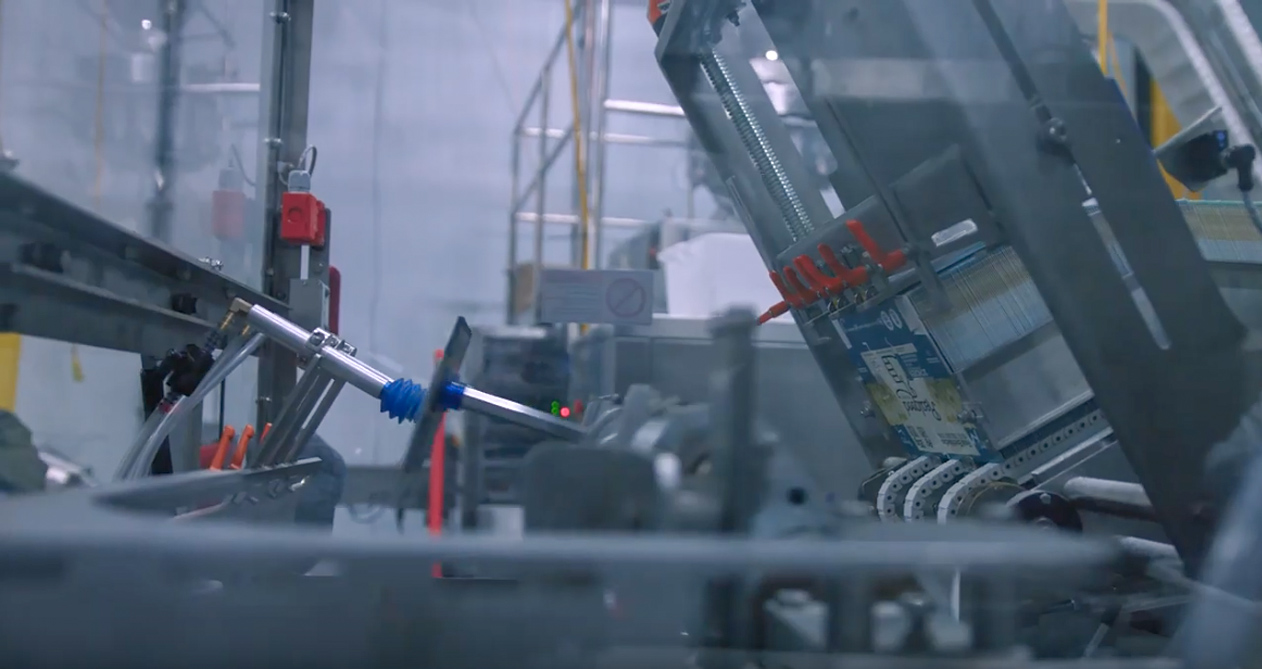Articles & Videos
Understanding Accounts Receivable Turnover Ratio for Business

Accounts receivable turnover ratio, also known as debtor turnover ratio, is an accounting measure used to calculate how efficient a company is in managing credit and collecting receivables from its clients. This metric is used to show how many times a company’s accounts receivables (unpaid invoices) are collected and converted into cash during a specified period, usually for the financial year.
Why is the Accounts Receivable Turnover Ratio Important for Businesses?
Generally, the higher the measure of accounts receivable (A/R) turnover ratio, the more efficient a business is at collecting payments. A higher ratio indicates that customers pay on time or earlier and this typically results in positive cash flow and enhanced working capital management for the business. A low A/R turnover ratio could signal that collection processes are inefficient, credit policies are too lax, the business’ clients are not creditworthy or customer concentration is particularly high.
How to Calculate Accounts Receivable Turnover Ratio
A basic formula for calculating the accounts receivable turnover ratio is:
Net Credit Sales / Average Accounts Receivable = Accounts Receivable Turnover Ratio
Where:
Net Credit Sales is total credit credit sales during a specific period (usually a year) minus any returns and allowances;
Average Accounts Receivable is the average of the beginning and ending accounts receivable balances during the same period.
Using this formula, here’s an example calculation for Company XYZ…
Let’s say Company XYZ wants to calculate its accounts receivable turnover ratio for the fiscal year 2022.
- Calculate Net Credit Sales: Total credit sales during 2022 = $800,000. Returns and allowances during 2022 = $20,000. Net credit sales = $800,000 – $20,000 = $780,000.
- Calculate Average Accounts Receivable: Accounts receivable at the beginning of 2022 = $100,000. Accounts receivable at the end of 2022 = $120,000. Average accounts receivable = ($100,000 + $120,000) / 2 = $110,000.
- Calculate Accounts Receivable Turnover Ratio: Accounts receivable turnover ratio = Net Credit Sales / Average Accounts Receivable. Turnover ratio = $780,000 / $110,000 = 7.09.
So, in this example, Company XYZ’s accounts receivable turnover ratio for the year 2022 is approximately 7.09. This means that on average, the company collected its accounts receivable 7.09 times during the year. A higher turnover ratio generally means better efficiency in collecting payments from customers. However, the interpretation of this ratio can vary based on the company’s specific circumstances and industry norms.
What is a Good Accounts Receivable Turnover Ratio?
As a very rough guideline an A/R turnover ratio of 5-10 may be considered reasonable for most industries, however, this really varies depending on the average for your particular industry, your business model and specific situation.
If your industry peers are averaging 10 and you’re at 7, there may be something amiss. Also, if your credit terms are 30 days net and you’re only averaging 4 for A/R turnover ratio for example, you’d be expecting to be closer to 12 if your clients were regularly paying on time.
So, generally, the higher the turnover ratio the better but businesses with longer credit terms will naturally have a lower score and businesses with shorter terms will tend to have a higher score. Some companies will also make a strategic decision to operate on the lower side of A/R turnover ratio in order to maintain key customer relationships.
Measuring A/R Turnover Ratio is Good Practice
It’s good practice to monitor trends in A/R turnover over time to gain an accurate picture of the business’ financial health and performance. Maintaining a healthy accounts receivable turnover ratio is beneficial to businesses for several reasons, the primary benefits being;
- Maintaining efficient cash flow – A high turnover ratio means that the company is collecting payments from its customers quickly and efficiently. This results in a faster conversion of accounts receivable into cash, which in turn, improves cash flow. Adequate cash flow is crucial for meeting operating expenses, investing in growth opportunities and managing debt obligations.
- Enhanced working capital management – A good accounts receivable turnover is a key component of effective working capital management. By converting receivables into cash quickly, the company can allocate resources more effectively and male strategic decisions with a better understanding of its available working capital.
- Potentially lower financing costs – A high turnover ratio indicates that the company doesn’t need to rely heavily on borrowing to cover operational gaps caused by delayed customer payments. This could lead to lower financing costs since the company may need to borrow less or negotiate favorable terms with lenders.
- Mitigate financial risk – When a business’ A/R turnover ratio is high, there’s a lower risk of bad debts and uncollectible accounts. Customers are paying promptly which reduces the likelihood of defaults and this improves the financial stability of the company and reduces the need for bad debt provisions.
- Better operational management – A focus on efficient credit and collections management can nurture better relationships with clients as they view the business as reliable, transparent and trustworthy, potentially resulting in increased customer loyalty and repeat business.
- Investor confidence – A high A/R ratio is an indication of a well-managed company, capable of generating revenue and managing its finances effectively. This can boost investor confidence and male the business more attractive to potential investors or financial partners.
- Investment opportunities – Companies with a higher accounts receivable turnover ratio can use cash on hand for investments that allow for innovation, growth and expansion; this may be new products or services, technology, marketing or entirely new markets.
Striking the Balance Between A/R Turnover Ratio and Relationships
Striking the right balance between efficient collections and maintaining good customer relationships is crucial. An excessively high turnover ratio might suggest overly strict credit policies that can discourage new business. Furthermore, the appropriate level of accounts receivable turnover can vary by industry, so it’s important to consider industry benchmarks and the company’s specific circumstances when interpreting the ratio.
Not all businesses will be in the enviable position of having a high A/R turnover ratio, not through any mis-management on their part but because their business model is just inherently inclined to be on the low side. Industries such as temporary staffing and manufacturing typically have longer credit cycles which makes a lower A/R ratio normal for companies in these sectors; the downside of this however is that traditional finance options will likely be limited for these businesses putting them in a difficult situation when it comes to cash flow.
So, accounts receivable turnover ratio is an important indicator of the financial health of a company but it should be carefully interpreted and used in combination with other metrics when determining a business’ eligibility for finance. Whilst a low A/R turnover could preclude some businesses from obtaining conventional finance, alternative finance such as invoice factoring can help businesses by releasing the value of their unpaid invoices and providing the influx of working capital they need to improve their accounts receivable position.
Reach out to the Sallyport team for more information on working capital solutions for short-term financing needs that fill a gap without adding debt.
Search
News
$1M Funding Fuels Agri-Business Growth Across Borders
Sallyport is pleased to announce a new partnership with a Canadian agriculture business, providing a $1,000,000 Accounts Receivable facility to…
Read MoreFueling EdTech Growth with $5.5M in Tailored Financing
Sallyport is excited to support a forward-thinking education technology company with a $5.5M combined Asset-Based Lending facility, including Accounts Receivable…
Read MoreArticles
Merchant Cash Advance (MCA) – Bad for Business?
Both new and established businesses can suffer from cash flow problems occasionally and need to access funding to help them…
Read MoreOff-Balance-Sheet Financing : Purpose, Place and Planning in Business
Off-balance-sheet financing (OBSF) is an alternative method of business financing that may be used in specific situations where traditional bank…
Read MoreVideos
Popkoffs Client Testimonial
Popkoffs Client Testimonial
View Now



